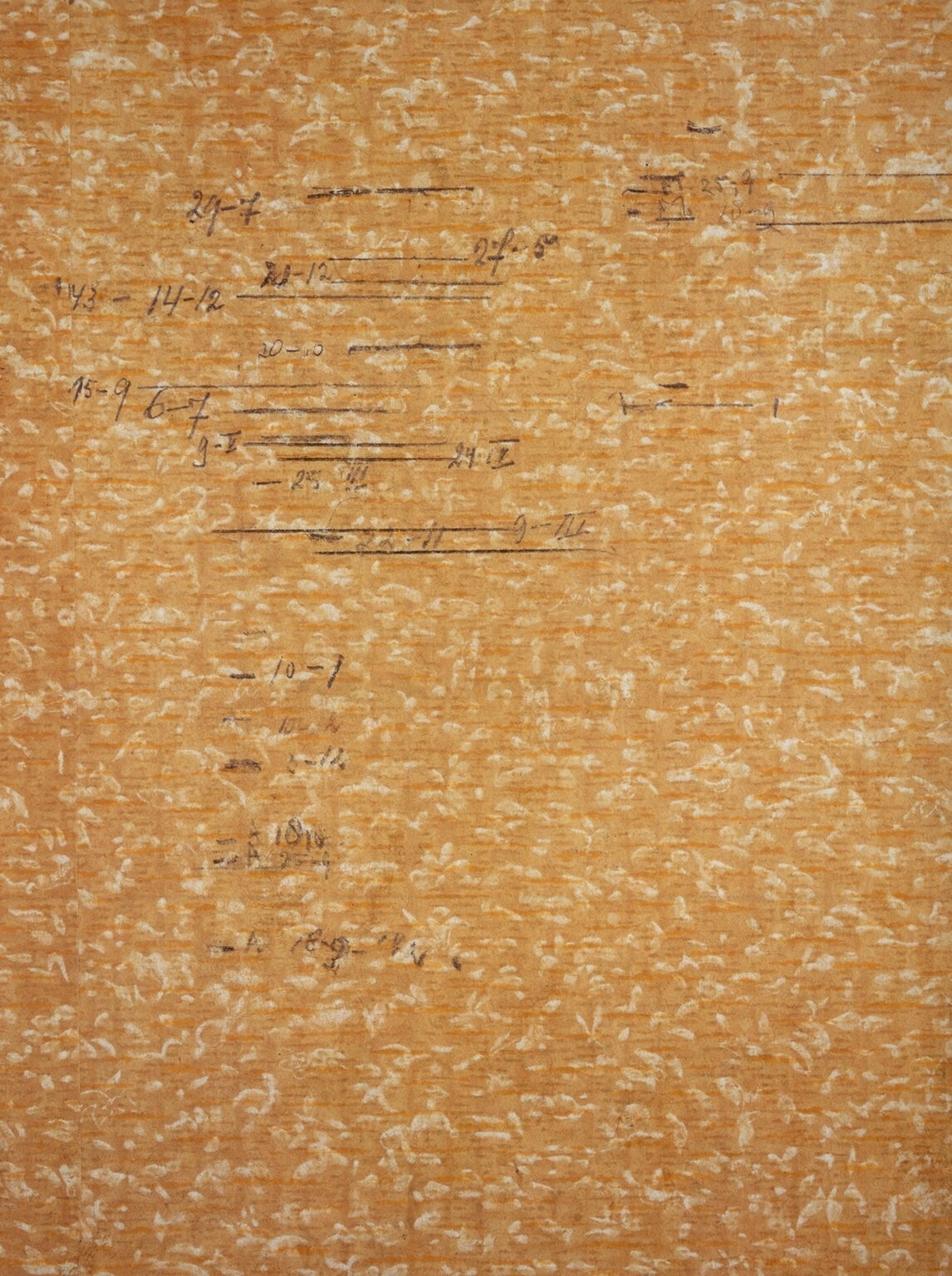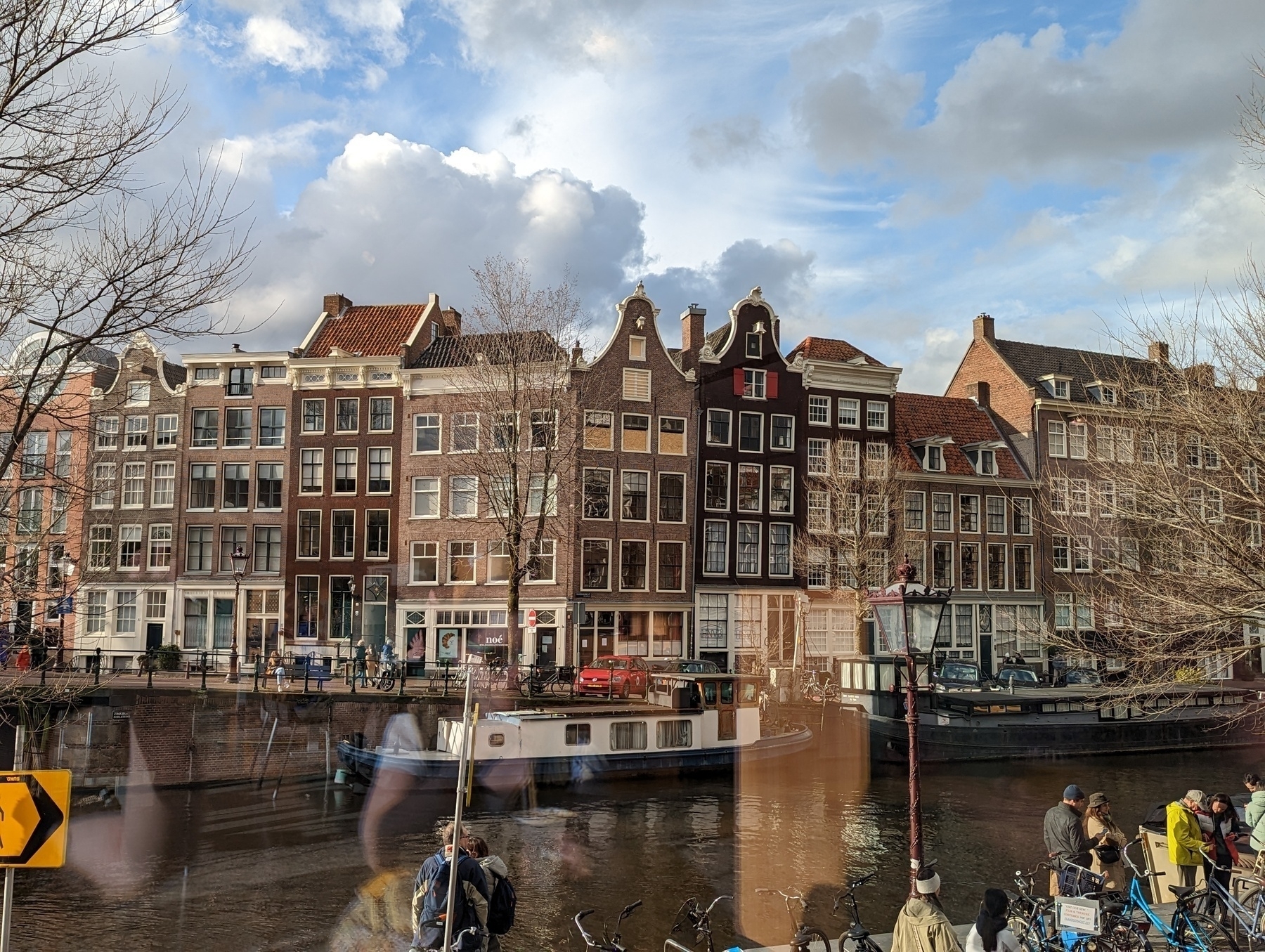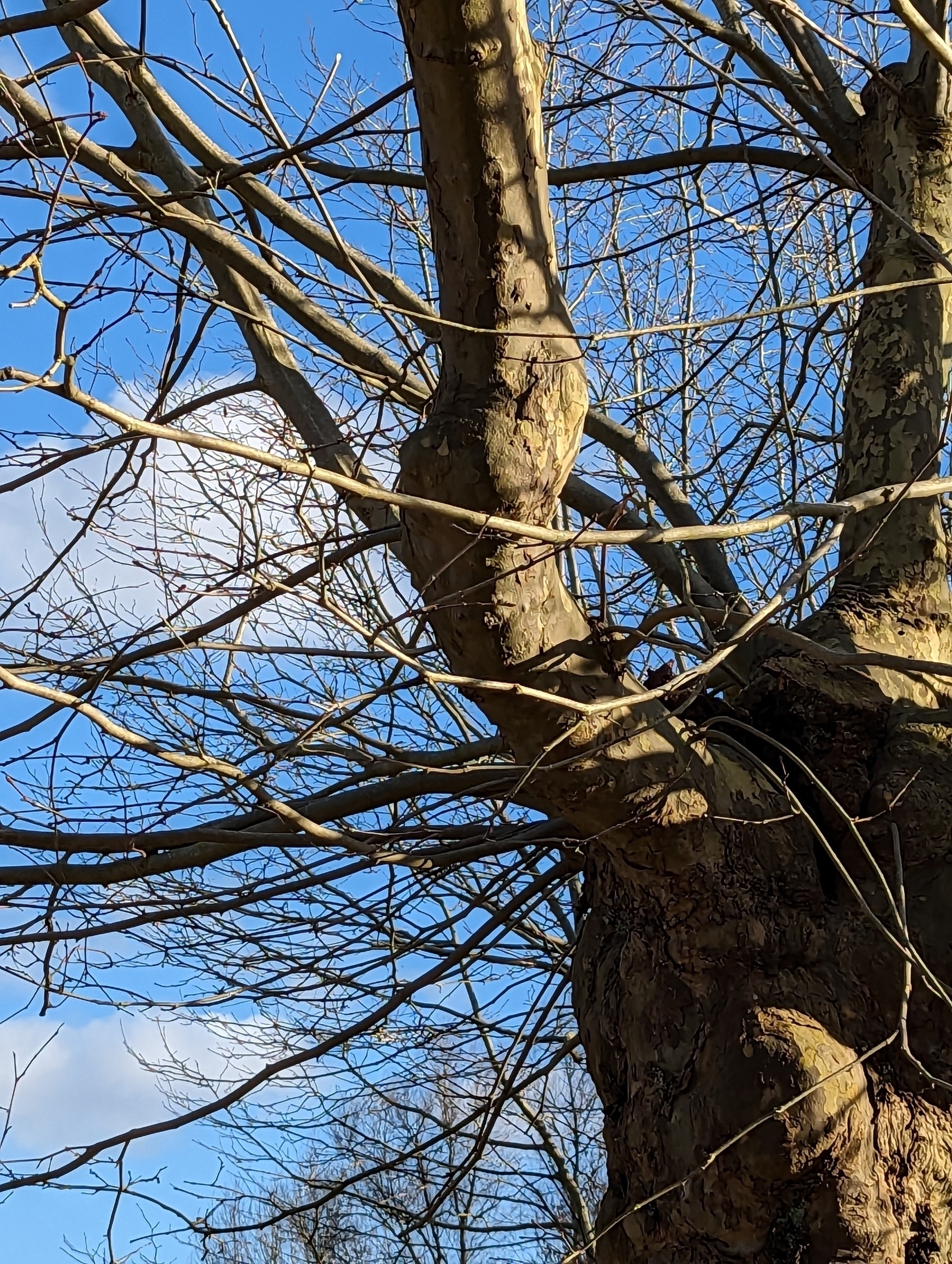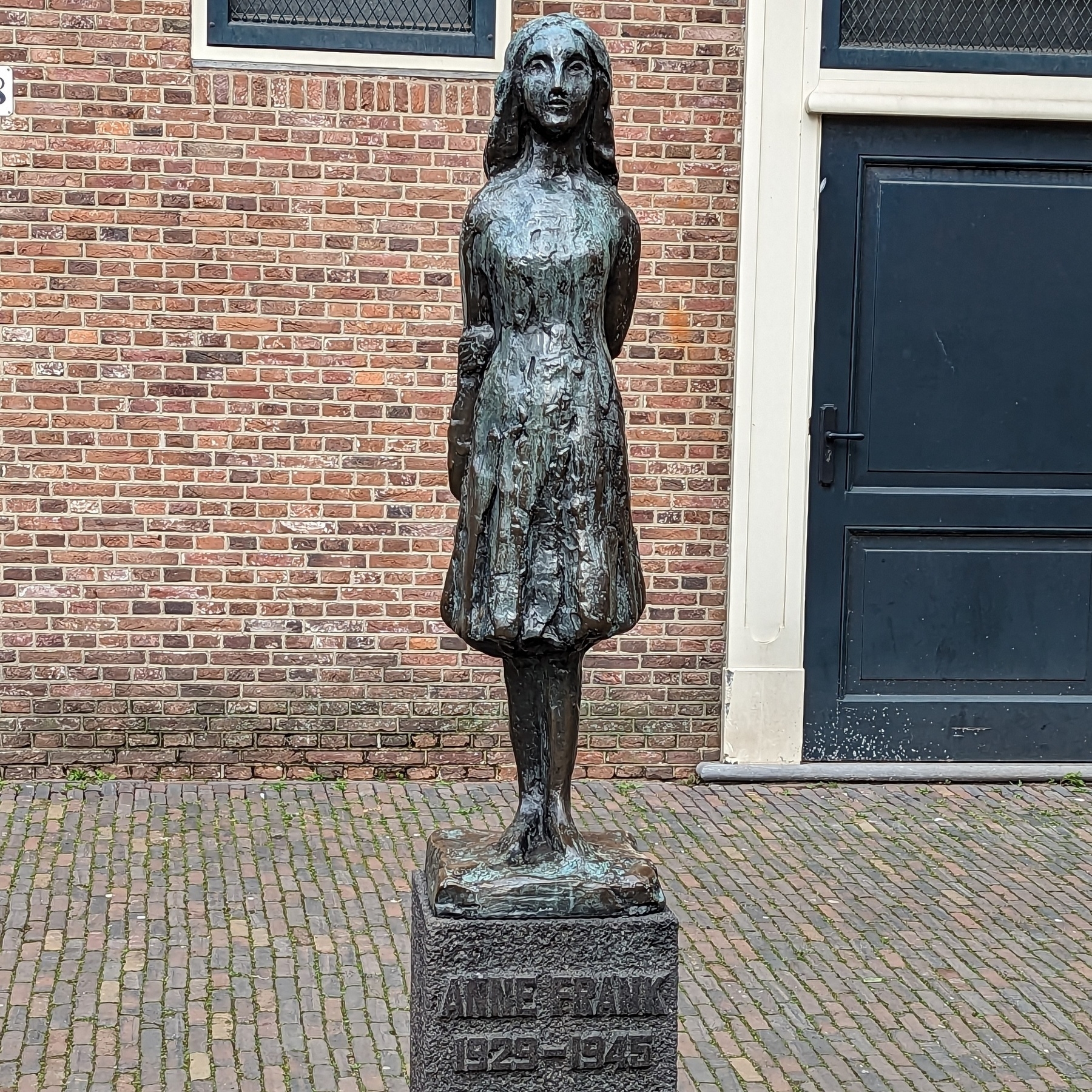-
Do not obey in advance.
-
Defend institutions.
choose an institution you care about and take its side.
Mine is libraries. I’ll be posting resources on defending libraries soon.
- Beware the one party state.
Any future elections will be a test of American traditions.
I fear we’ve lost this already. What can we do? In the face of the challenge to the NC State Supreme Court election especially?
-
Take responsibility for the face of the world.
-
Remember professional ethics.
For me, this is about protecting library patrons’ privacy.
-
Be wary of paramilitaries.
-
Be reflective if you must be armed.
-
Stand out.
-
Be kind to our language.
Make an effort to separate yourself from the internet. Read books.
The effort to define the shape and significance of events requires words and concepts that elude us when we are entranced by visual stimuli.
- Believe in truth.
Post-truth is pre-fascism.
- Investigate.
The individual who investigates is also the citizen who builds.
Once we subliminally accept that we are watching a reality show rather than thinking about real life, no image can actually hurt the president politically.
- Make eye contact and small talk.
You might not be sure today or tomorrow, who feels threatened in the United States. But if you affirm everyone, you can be sure that certain people will feel better.
Having old friends is the politics of last resort. And making new ones is the first step toward change.
-
Practice corporeal politics.
-
Establish a private life.
-
Contribute to good causes.
…one element of freedom is the choice of associates, and one defense of freedom is the activity of groups to sustain their members.
-
Learn from peers in other countries.
-
Listen for dangerous words.
People who assure you that you can only gain security at the price of liberty usually want to deny you both.
The feeling of submission to authority might be comforting, but it is not the same thing as actual safety.
It is the government’s job to increase both freedom and security.
- Be calm when the unthinkable arrives.
For tyrants, the lesson of the Reichstag fire is that one moment of shock enables an eternity of submission.
- Be a patriot.
The point is not that Russia and America must be enemies. The point is that patriotism involves serving your own country.
nationalist ≠ patriot
A patriot… wants the nation to live up to its ideals, which means asking us to be our best selves.
A patriot says that it could happen here, but that we will stop it.
- Be as courageous as you can.
EPILOGUE
We will have to repair our own sense of time if we wish to renew our commitment to liberty.
The whole notion of disruption is adolescent: it assumes that after the teenagers make a mess, the adults will come and clean it up. But there are no adults. We own this mess.
In the politics of eternity, the seduction by a mythological past prevents us from thinking about possible futures. The habit of dwelling on victimhood dulls the impulse of self-correction.
The danger we now face is of a passage from the politics of inevitability to the politics of eternity, from a naive and flawed sort of democratic republic to a confused and cynical sort of fascist oligarchy.
To understand one moment is to see the possibility of being the cocreator of another. History permits us to be responsible: not for everything, but for something.
History gives us the company of those who have done and suffered more than we have.
I’ll say that those of us who are neurodivergent and disabled may need to modify #s 12 and 13. But the sense of them is to interact in meat-space with other people. Get to know your community. Show up in more ways than posting online. And even if we struggle to make eye contact or can’t move our bodies in ways that facilitate protest, we can find ways to meet people and show up for them.
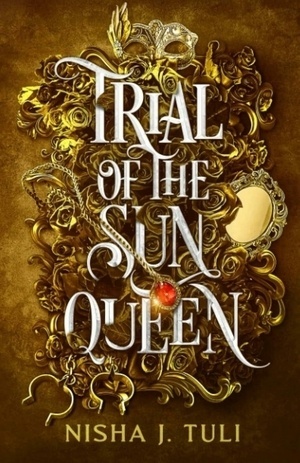
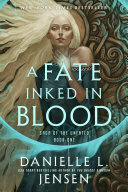
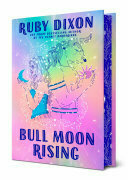
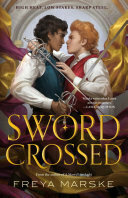
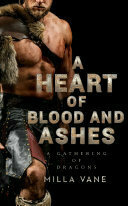
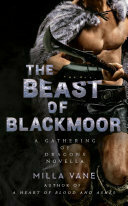
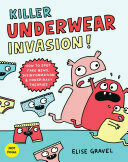
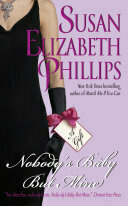
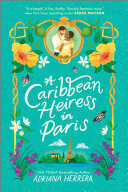
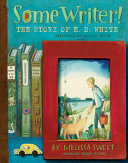
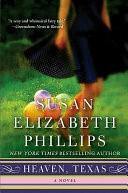
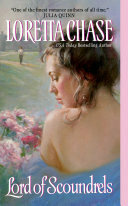
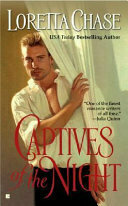
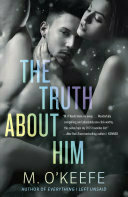
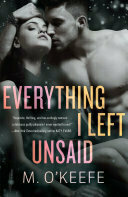
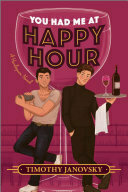
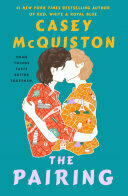
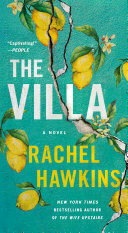
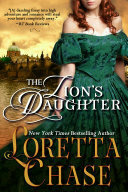
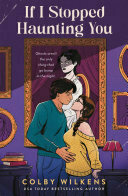
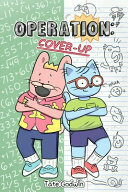
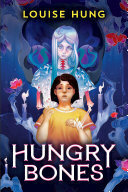
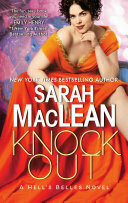
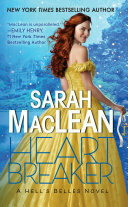
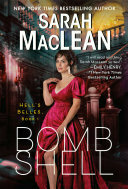
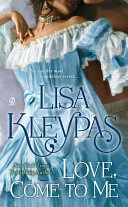
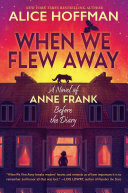
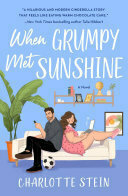
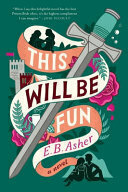
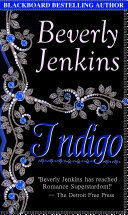
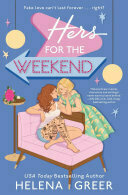
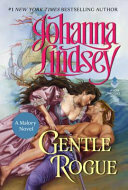
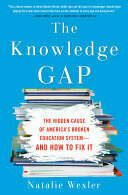
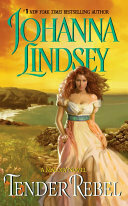

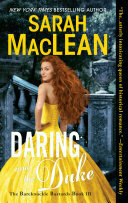
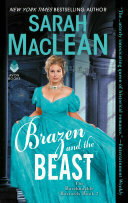
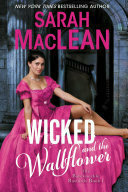
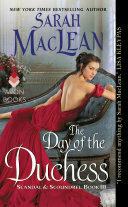
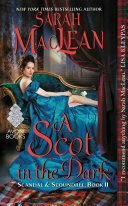
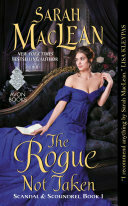
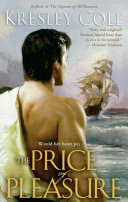
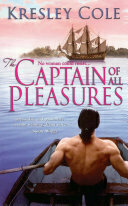
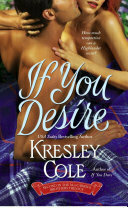
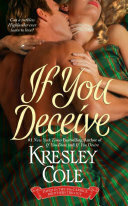
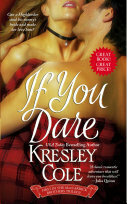
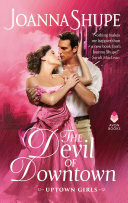
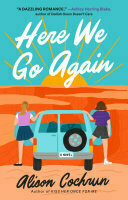
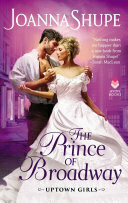
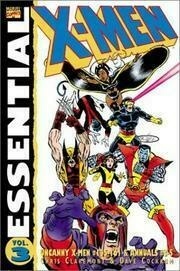
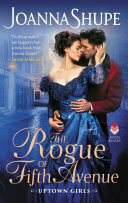
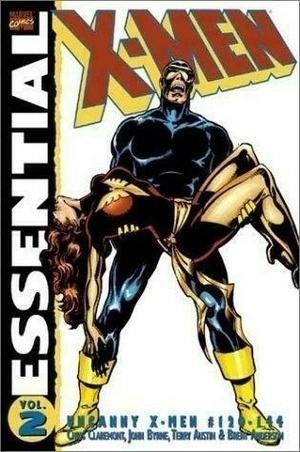
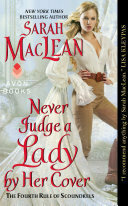
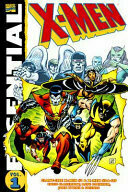
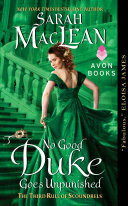
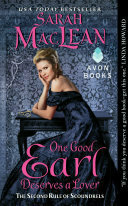
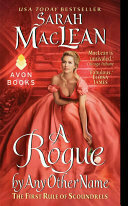
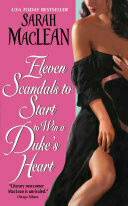
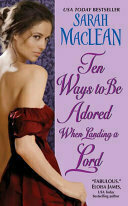
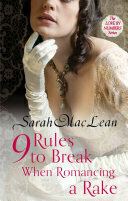
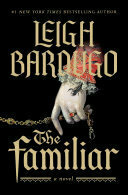
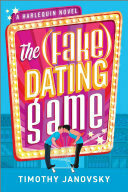
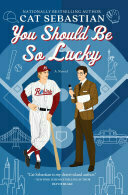
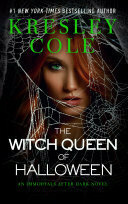
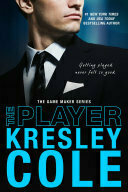
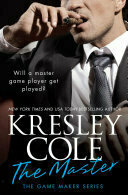
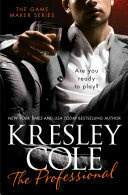
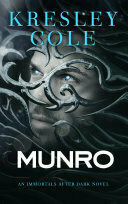
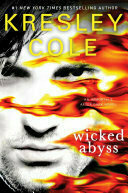
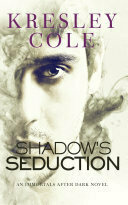
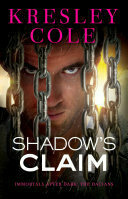
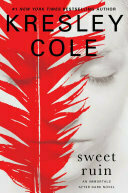
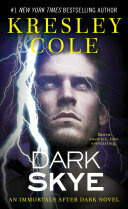
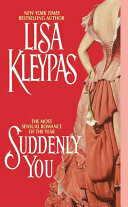
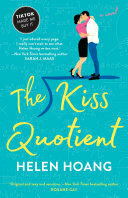
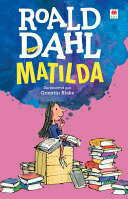
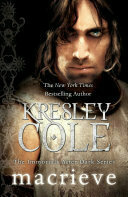
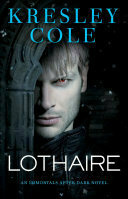
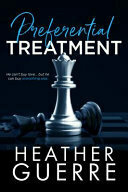
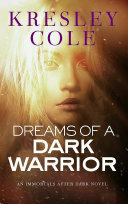
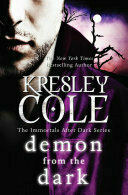
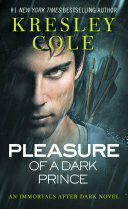
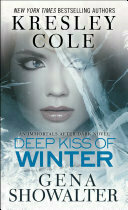
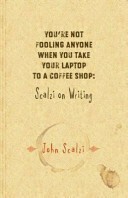
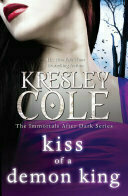
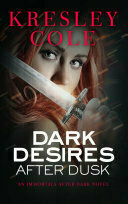
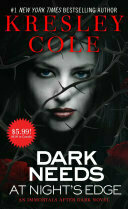
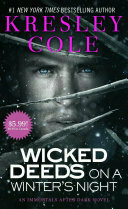
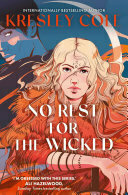
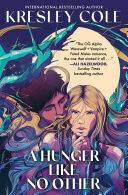
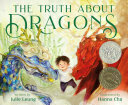
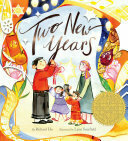
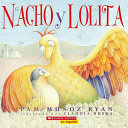
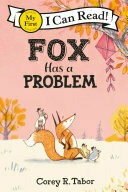
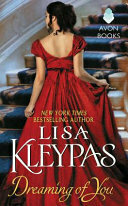
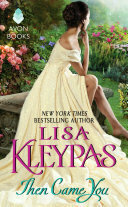
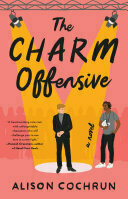
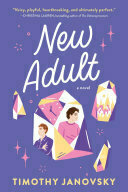
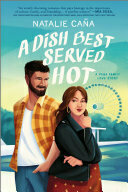
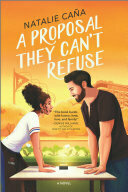
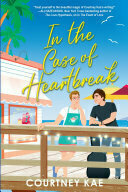
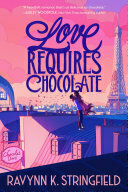
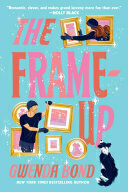
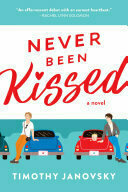
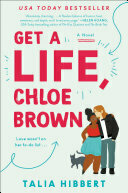
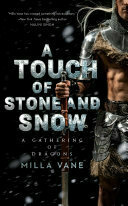
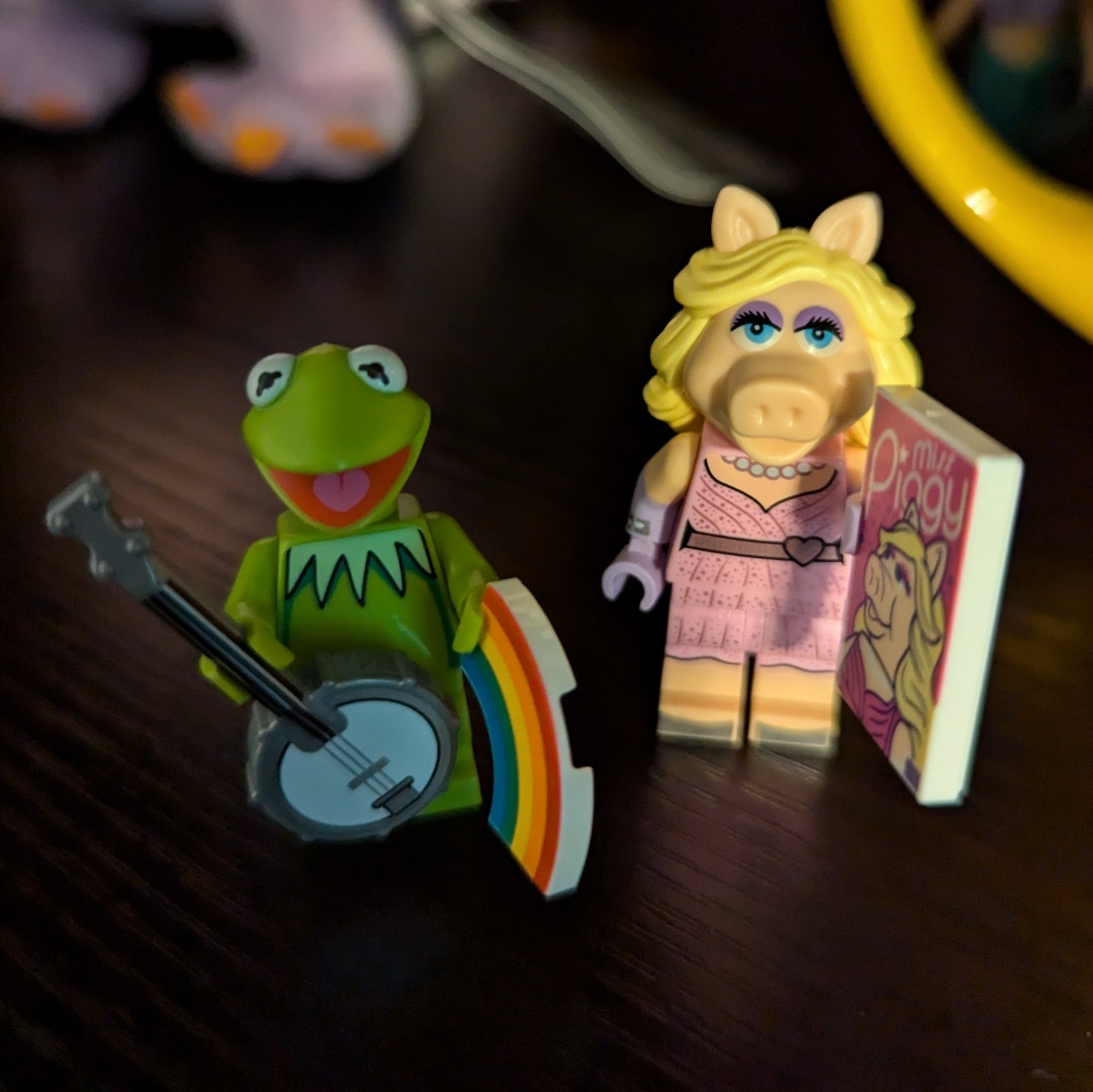
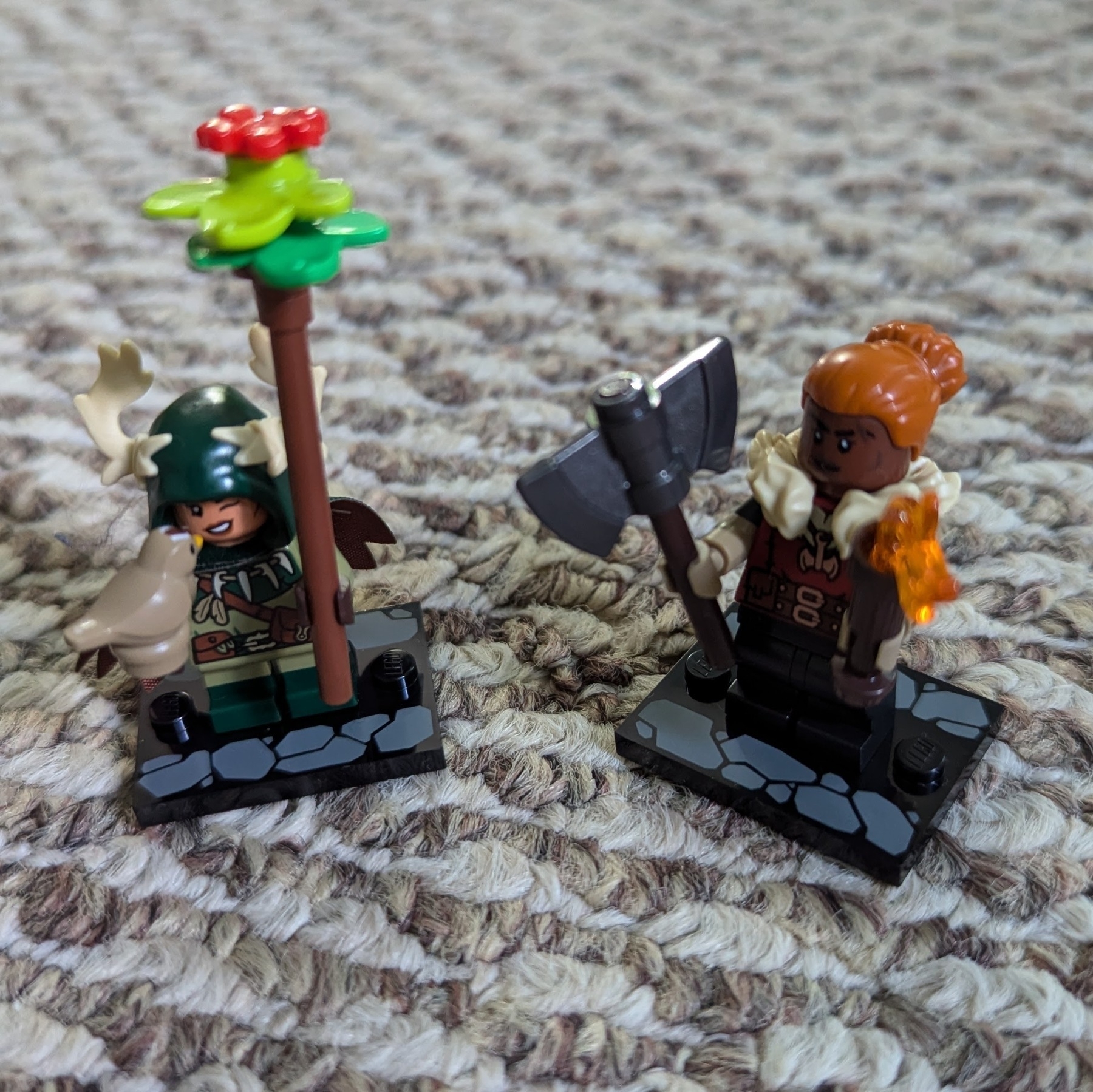
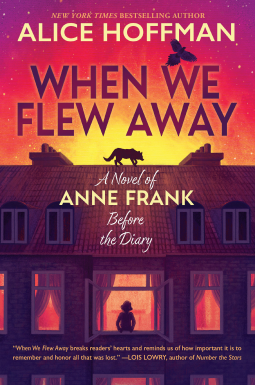 When We Flew Away by Alice Hoffman is a middle grade novel that imagines what Anne Frank’s life might have been like before she had to move to the attic of her father’s office building. Here’s the publisher’s description:
When We Flew Away by Alice Hoffman is a middle grade novel that imagines what Anne Frank’s life might have been like before she had to move to the attic of her father’s office building. Here’s the publisher’s description: